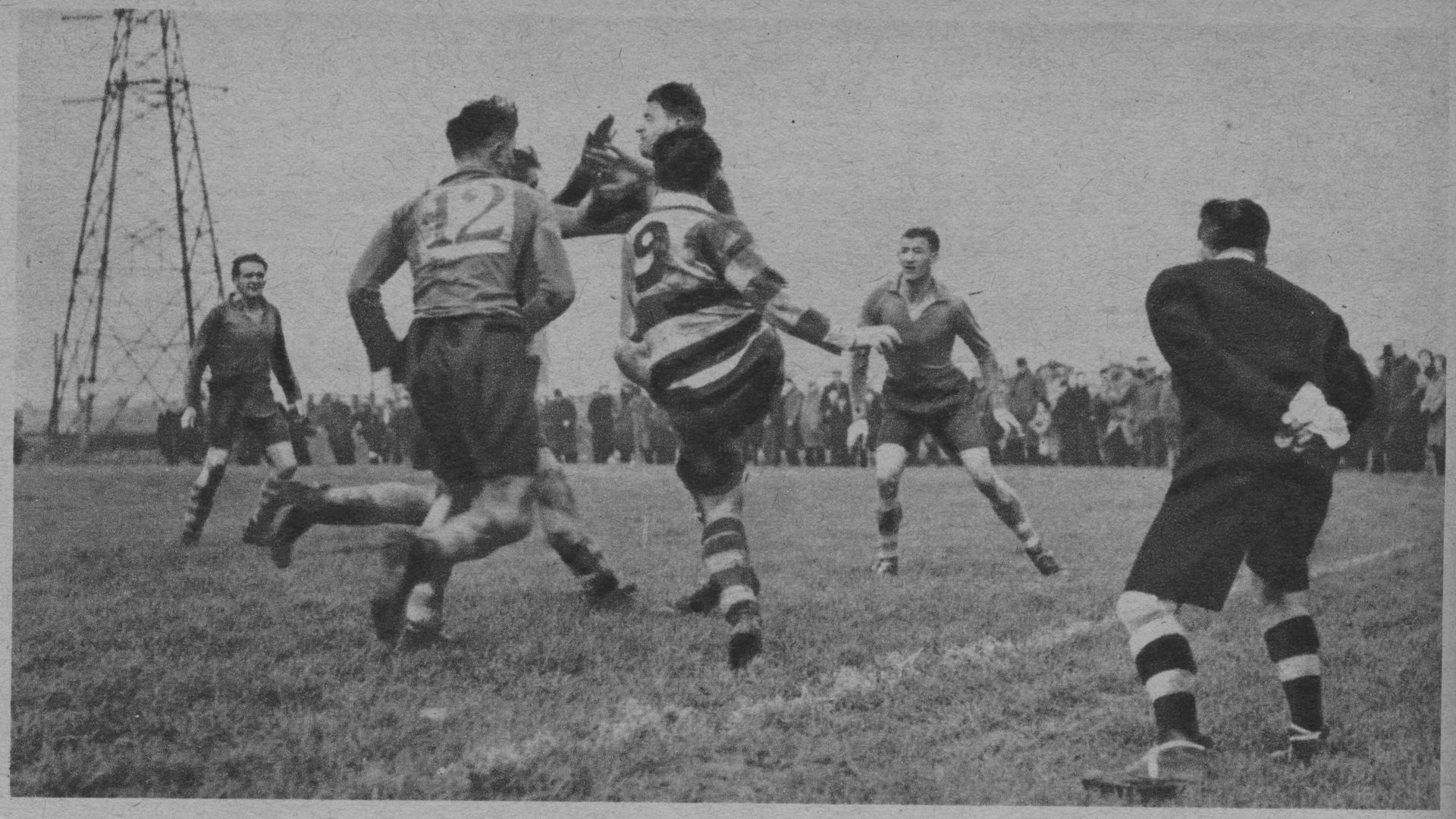Voices in the Coalshed: Union

“They were bound by comradery. They looked after each other underground, and they socialised above ground, drinking, playing rugby or football – Pit villages were very often described by people who lived in them as self-policing. They were described as close-knit” [1] Professor Robert Gildea, Worcester College
The use of the word Union in the former mining communities of the U.K. is usually associated with the National Union of Mineworkers (NUM) but the word also means the action of joining together or the fact of being joined together. It can also mean a society formed by people with a common interest or purpose. The people of the isolated mining towns and villages were such a society.
Grahame Morris M.P. in Easington, Northumberland as recently as May 2024 said:
“It is hard to explain to someone who was not born in a mining community how life was organised around the pit… Every village had a network of colliery clubs, parks, sports teams and welfare facilities vital to community life, funded by contributions from working miners” [2]
The work they did underground equipped them with the skills of teamwork, resilience, strength, agility and adaptability which were the same skills required for rough contact team sports.
David Storey a Wakefield author, playwright, rugby league player and son of a coal miner in his 1960 book “This Sporting Life” has as the main character Arthur/Frank Machin, a coal miner and professional rugby league player who is shaped by hard physical work underground.
The pit villages and towns formed rugby teams and entered competitions with other rugby teams the length of the U.K. The players were not paid; they did it for their club and community prestige. The northern communities were fiercely loyal to their teams. The governing body for rugby was the Rugby Football Union which was set up in 1871 and devised the rules. One of the main rules was that rugby would be an amateur sport in so much as players must not receive a wage for playing.
What had once been a public school and upper-class game was now being played by all social classes with the northern England teams developing new tactics and becoming very successful. In 1882 a team from Thornes in Wakefield won the Yorkshire Cup against Wakefield Trinity at Cardigan Fields in Leeds.
The success of the northern working-class teams was beginning to cause disquiet in the more affluent south of England. A former public schoolboy summed up this attitude when in 1888 he wrote to the Yorkshire Post newspaper to complain as follows:
“A great many of the Horbury team were artisans and colliers. Now, I don’t object to any working man – collier or whatever he may be – as long as he understands the game he is playing, but when in ignorance he puts on his working boots, which, combined with betting on the event [and] brute force ignorance of the game of Rugby Union … it is a disgrace —-” [3]
Working class players in the north of England were often disadvantaged because to play for their village or town team often involved a day off work with a resultant loss of pay. The same would apply if they could not work due to injury. Northern clubs wanted to reimburse their players for loss of earnings. The governing body of Rugby deemed this to be against the rules of amateurism.
This disquiet within the Rugby Football Union led to the 22 northern clubs, of which Wakefield Trinity was one, to arrange a meeting in 1895 at the George Hotel in Huddersfield with the sole purpose of forming The Northern Rugby Union.
Between 1895 and 1908 the Northern Rugby Union changed the rules, the main one being that there would only be 13 in a team as opposed to 15 in the Rugby Union teams and financial re-imbursement was allowed. In 1922 it was renamed the Rugby League. Rugby League has grown to be an international sport which still has its heart in the former northern mining towns and villages of Great Britain. This tradition still carries on today in the existing mining communities in Australia.
Written by Volunteer Roger
[1] Professor Robert Gildea, The British Academy, 10 Minute Talks, The Miners Strike 1984,14th April 2021
[2] Hansard, Volume 749, Thursday 9th May 2024, 11.57am, Grahame Morris M.P., Labour Party, Easington.
[3] Yorkshire Post 1888, https://tony-collins.squarespace.com/rugbyreloaded/2015/8/2/miners-and-rugby-league-at-the-national-coal-mining-museum
Image Header: Coal Magazine August 1948, p.22.